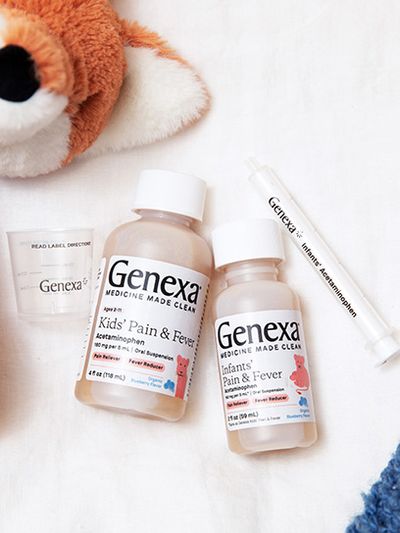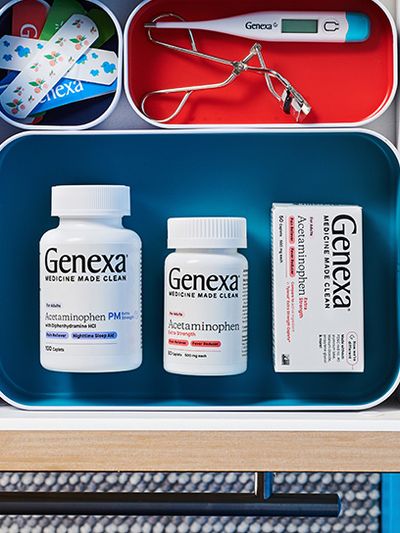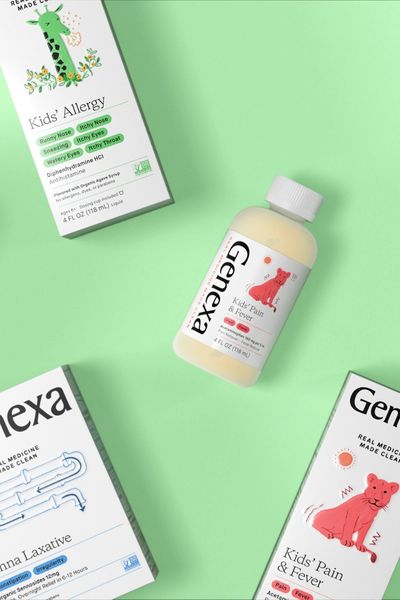What Are Saline Drops?
Treating Congestion And Runny Nose With Saline Drops
Table of contents:
Saline solution is water with salts dissolved into it, and different types of saline solution may have different concentrations of salt. Saline solution is commonly used by both adults and children to help bring relief from nasal symptoms like congestion, sneezing, and a runny nose, either as the result of allergies or an upper respiratory tract infection.
Although saline spray is a common choice for adults and older children, it can be difficult to administer a nasal spray correctly in the nose of a baby or infant. Instead, saline drops are a better choice that allows for easier administration.
Saline drops come in a dropper bottle that gives you full control over how much saline solution is dispensed, and one dose of the solution for an infant may only be just a few drops. Slowly administering the medicine allows you to prevent your baby from choking or gagging.
When your baby has a stuffy nose, it can cause extreme discomfort, especially because infants breathe primarily through the nose. A stuffy nose can cause your baby to have a hard time breathing, feeding, or sleeping, which can be stressful for your child.
When congestion strikes, your baby needs relief fast, and saline drops may be the perfect solution.
Learning more about what saline drops are and how you should use them can help you decide if they are the right choice for your baby. If you have questions or concerns, you should speak with your pediatrician for further guidance.
What Can Saline Drops Be Used For?
Saline drops are used to relieve congestion, a runny nose, or persistent sneezing. These symptoms can be very uncomfortable for people of all ages, but especially for babies and infants who are not yet accustomed to breathing through the mouth rather than the nose.
Saline drops can be a safe and effective way to bring your child relief, and saline poses no major health risks when using it. Saline can help thin and loosen any mucus in the nose, help keep the nasal passages moist, and even help flush away allergens, irritants, and germs such as viruses and bacteria.
Dry air can worsen nasal symptoms. Saline is often used to help combat dryness and soothe nasal irritation. Saline drops can be very effective when used alone, but you may be able to bring your child even more relief by combining the use of saline drops with other natural home remedies.
Using a humidifier may work in a similar way to saline by adding moisture to the nasal passages in order to calm irritation. Humidifiers add moisture back into the air, and thus can help keep the nasal passages wet in order to loosen mucus.
If you choose to use a humidifier, you should make sure to keep it at least a few feet away from your baby’s bed. Alternatively, you can run a hot shower with the bathroom doors and windows closed, and then sit in the steam with your baby in your lap for around 10 to 15 minutes. This method works in a similar way to a humidifier, and the steam can help loosen mucus in the nose.
When it comes to choosing a saline product, it is important for you to read the drug facts label before making a purchase. There are a wide variety of different saline products available, and not all of these products contain pure saline as the active ingredient.
Some commercial products may contain other active ingredients such as steroids or decongestant drugs, and these are not necessary in order for your infant to get relief from minor symptoms. Even more, decongestant drugs can lead to a worsening of symptoms, known as rebound congestion, if they are used for more than just a few days consecutively.
Because a baby’s body is more sensitive than an adult’s body, a baby may experience more severe effects, and you may want to avoid added medications altogether unless your pediatrician instructs you to do otherwise.
Opting for products that only contain pure saline as the active ingredient will help make sure that the products you are using are exactly what you think they are, and this can also help prevent your baby from experiencing adverse effects. You may also want to focus on products containing minimal and inactive ingredients, as some commercial products contain artificial additives that are unnecessary.
Recognizing Your Baby’s Congestion
Babies and infants are not yet able to fully communicate with you about what they are feeling, which is why it is so important for you to be able to quickly recognize when something is not quite right with your child. In general, a baby who is not feeling well will be much more fussy or tired than usual, and may refuse to feed.
Even more, babies do not yet have the same immunity that adults have, and this makes them much more susceptible to illness. What starts out as a case of the common cold still has the potential to progress into something more serious in an infant, and it may turn into pneumonia or another severe infection. Recognizing your baby’s symptoms right when they start allows you to seek medical attention and treatment more promptly.
Congestion is a very common symptom in infants and toddlers, and when your baby is congested, they will likely be very fussy and have trouble eating and sleeping.
Symptoms of nasal congestion include:
- A runny nose
- Labored or noisy breathing
- Snoring
- Sneezing
- Coughing
If your child seems to be having a particularly difficult time breathing, you should call your pediatrician right away to make sure nothing more serious is going on. Even if your baby’s symptoms are minor, it is always a good idea to consult your pediatrician just to make sure it is nothing serious, as well as to get some professional advice regarding what you can do to make your baby more comfortable.
In minor cases of congestion, your pediatrician will likely recommend the use of saline drops. However, if your baby’s congestion is being caused by a more severe form of illness, the pediatrician may prescribe medication, or recommend that you use saline drops alongside a prescription medication. You should always carefully listen to and follow any instructions that your pediatrician gives to you.
Proper Use of Saline Drops
While saline drops do not pose any major risks to your child’s health, and generally only cause very mild side effects if any at all, making sure you are using your baby’s saline drops correctly is an important part of ensuring their effectiveness.
You should always carefully read the drug facts label on the exact product that you are using, as this label contains important information about dosing and how to administer the product, a list of active and inactive ingredients, and any relevant warnings. Different products tend to have different recommended doses.
When administering the saline drops, you should lay your child on their back, and place a couple of drops into each nostril using the included dropper. The drops may make your child sneeze. After administering the drops, it can be helpful to hold your baby with their head back for a few minutes to make sure the medicine has fully entered their nasal passages.
If your baby’s symptoms do not improve with treatment or if they worsen, you should call your pediatrician for advice regarding next steps.
The Bottom Line
Saline solution consists of water with salts dissolved into it, and different saline solutions may have different concentrations of salt. Saline solution is a very safe and natural way to bring your baby effective relief from nasal symptoms like congestion, a runny nose, and sneezing, and no major risks are posed by saline solution.
Saline drops are an easy way to administer the solution into your infant’s nose, and a dose generally only entails just a few drops in each nostril. Saline solution can work to keep the nasal passages moist, thin and loosen mucus in the nose, and flush away allergens, irritants, and germs like viruses and bacteria.
Congestion can make your baby very uncomfortable, and if your baby’s symptoms do not improve with the use of saline, or if their symptoms seem to worsen over time, you should consult your pediatrician to make sure it is not anything more serious that requires prescription medication.






